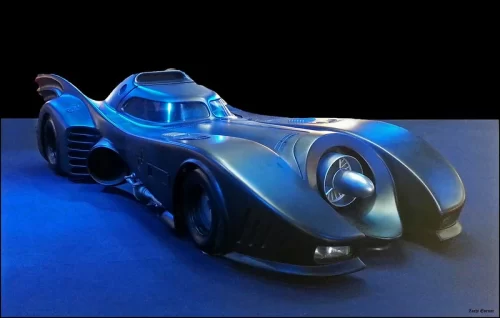
FAST FACTS Vol. 1, Issue 19 – The 1990s Batmobile
Part Two of a Three-Part Series Hollywood Reshapes The Batmobile To Be Stylish and Badass While this is part two of our Batmobile series, it
But, are you prepared to get your new baby properly installed? You’ve got a certified mechanic with a strong track record? Super! But just because you’re using a certified mechanic to install your Fraser Remanufactured Engine, is no excuse not to be educated. This Fraser Essential Engine Installation Checklist highlights the items to be addressed when replacing an engine. NOTE: Not every installer will do everything on this checklist. It is up to you if you sense they are being evasive or generally annoyed with your questions. There is nothing on this list that a true professional would shrug off. After all, it is your car and your money.

The installer should…
The installer may consider completely replacing the following items at the time of the engine installation, depending on their condition and age. They may be included in the price quoted to you, but often they are charged as an additional line item:
Consumable items are needed at the time of installation, which may be an additional, (non-included), charge to you, so check with your installer:
*Even though the oil in your new engine needs to be changed after the first 500 miles, and then again after the first 1,000 miles, Fraser highly recommends using 100% synthetic oil for the entire life of your engine. The enhanced protection of synthetic oil far outweighs the expense.
On the topic of the break-in period. This is not a joke, Your newly-rebuilt engine needs time to hone, harden, and acclimate internal parts. With a new rebuild, fine pieces of metal and debris can collect in the oil, to avoid any issues CHANGE THE OIL as recommended in the break-in instructions. You should also check the oil for possible impending break-in issues. The most obvious issues indicating there may be a forthcoming problem are burning oil and excessive debris in the oil pan.
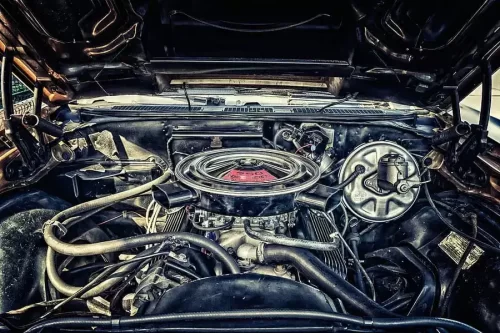 Also, check your fluid levels at least once a week for the first few months, and correct them as needed. Engine fluids can be absorbed as they work themselves into the internal tubes and channels.
Also, check your fluid levels at least once a week for the first few months, and correct them as needed. Engine fluids can be absorbed as they work themselves into the internal tubes and channels.
If you have excessive fluid loss of any kind, check with a mechanic immediately. This is most likely covered under your warranty, so don’t wait or brush it off.
When you start your car up, outside the garage, ready to drive off… DON’T. If the mechanic says they have not performed an initial, stationary break-in, you should do it yourself in the parking lot. Simply allow your engine to run for at least 20 minutes. Vary the RPMs of the engine from idle to halfway to the red line.
All of these steps allow your cam, lifters, rings, seals, and bearings time to “shake hands” properly.
Remember, do not over-rev your engine. The first 1,000 miles is not the time to race anyone, i.e. redline the RPMs.
You’ve made all the right decisions in buying a Fraser Engine Co. remanufactured engine and finding and communicating with a reputable garage for the surgery. Don’t blow it by blowing it.
We wish you the best motoring experience!

Part Two of a Three-Part Series Hollywood Reshapes The Batmobile To Be Stylish and Badass While this is part two of our Batmobile series, it
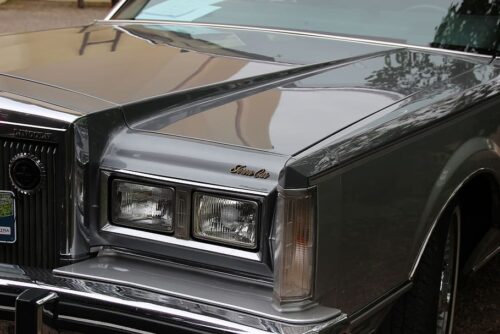
Merry Christmas and Happy Holidays from Hans Gruber YIPPEE-KI-YAY! THIS IS THE BEST NON-HOLIDAY CHRISTMAS MOVIE EVER! Merry Christmas and Happy Holidays “COME OUT TO

Issue 28 • Engine & Transmission Tips • Part 2 Which Should You Do? Replace Your Engine Or Your Entire Car? Welcome to Part 2

Junk Yard Car to Magical Dune Buggy Three teens find a “SCHLEP” car and a magical horn, and they start fighting crime! For two seasons
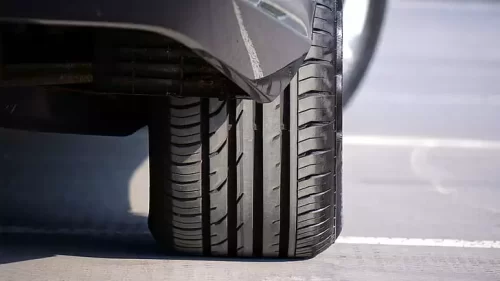
Issue 25 • Engine & Transmission Tips Watch for these signs your tires are nearing their end of life There isn’t a lot of mystery
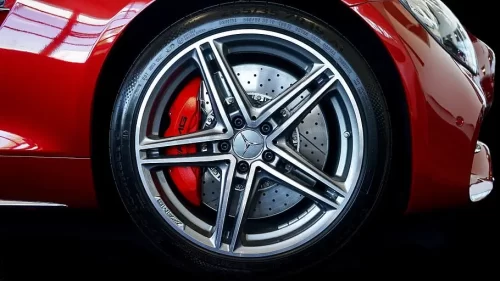
Issue 14 • Engine & Transmission Tips Brakes are the most essential safety system in your car, as they stop your vehicle when necessary. Production